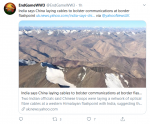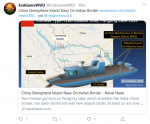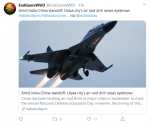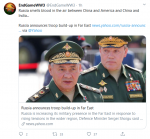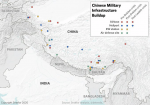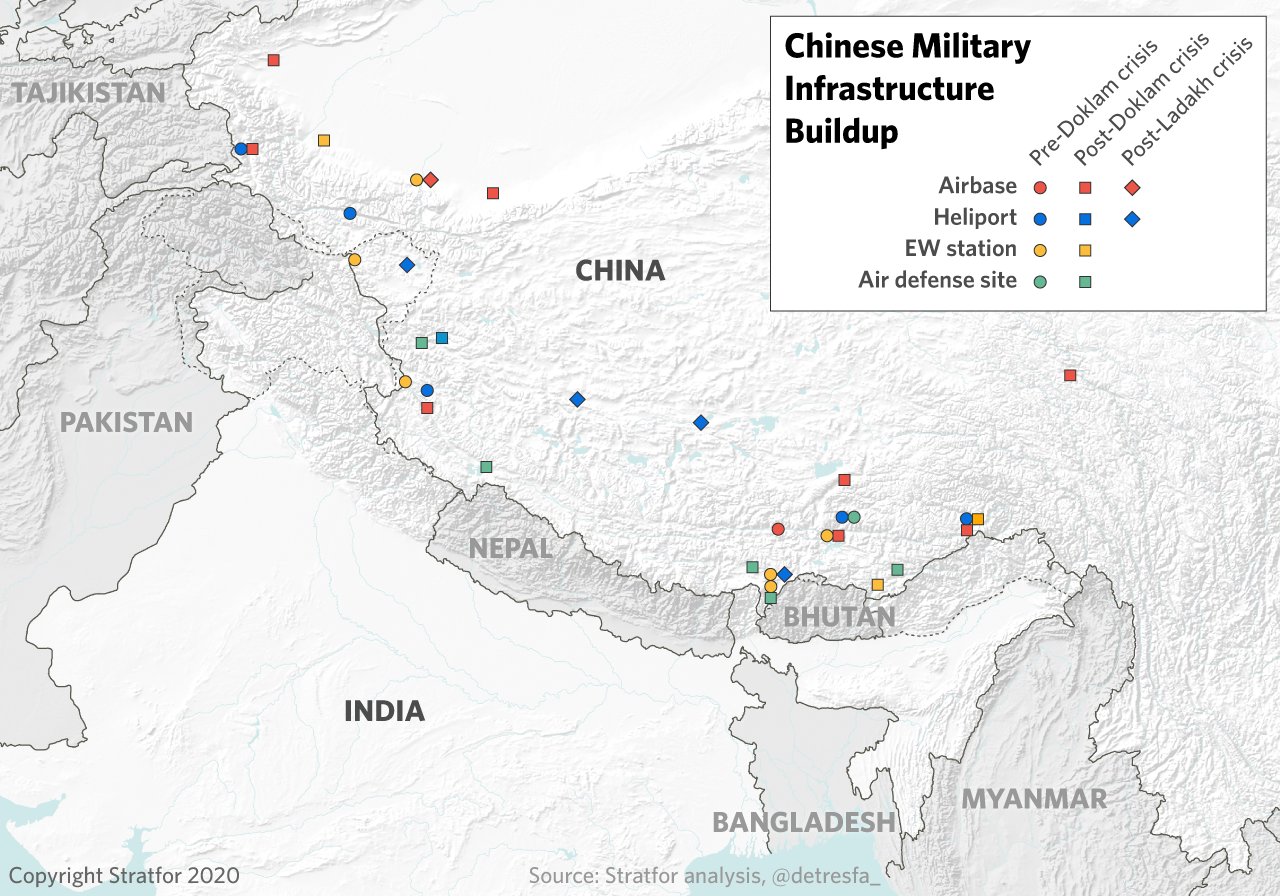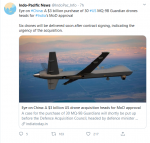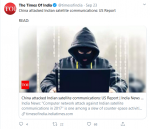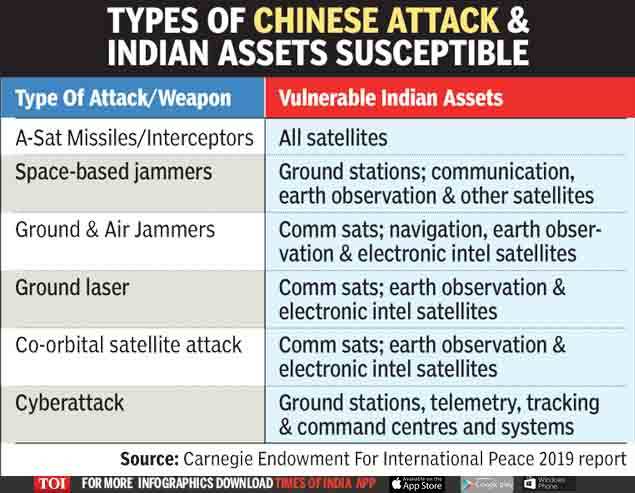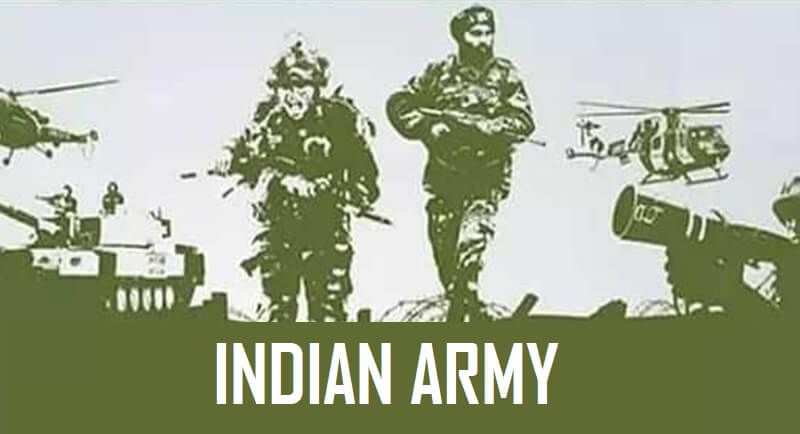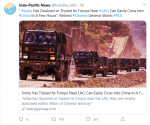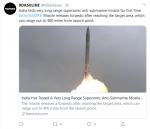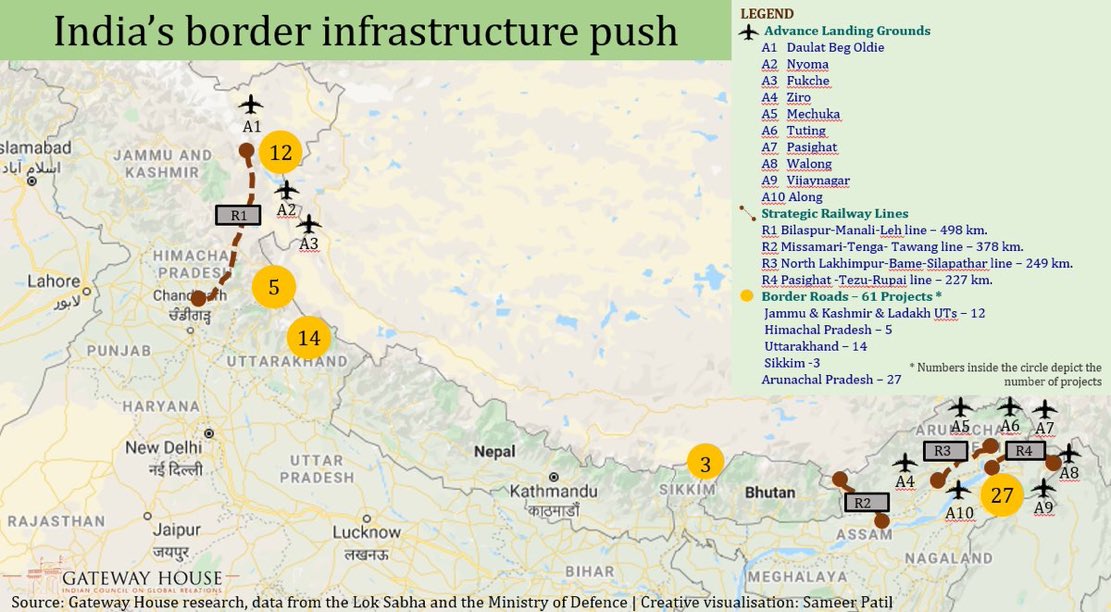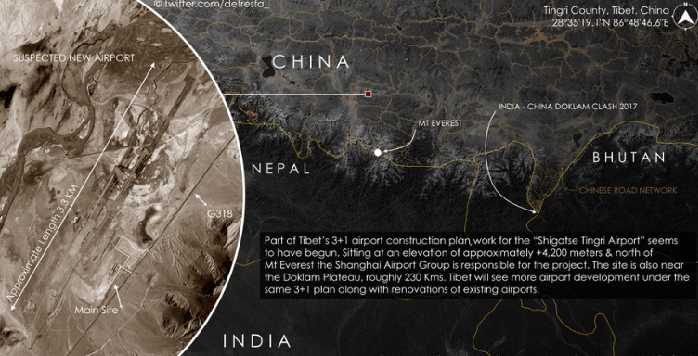Continued.....
Tong Zhao
Tong Zhao is a senior fellow in Carnegie’s Nuclear Policy Program based at the Carnegie–Tsinghua Center for Global Policy.
Beijing recognizes how U.S. administrations have helped smooth over previous military crises on the Indian subcontinent. But it notes that Washington seems less willing and able to continue playing this mediating role. Detecting a power vacuum and worrying about a volatile security dynamic between India and Pakistan, some Chinese experts have called on the Chinese government to step up efforts to maintain regional stability. However, they have offered very few concrete suggestions in public analysis about how this could be done. And as its relationship with India turns more competitive, China’s own leverage to defuse future crises between India and Pakistan also may be ebbing.
Gupta: In the wake of the border standoff, China has sought to convince other countries that Indian infrastructure development is the root cause of the border tensions and that India has violated some common understanding of the Line of Actual Control. Yet Beijing’s professed concerns about India’s infrastructure building ignore that India is responding to large-scale infrastructure projects China itself has undertaken in the border regions abutting India. Beijing’s insinuations about India’s supposed bad faith on the LAC disregard India’s consistent rejection of the unilateral LAC proposed by Chinese Premier Zhou Enlai in 1959. This blatant misrepresentation of the diplomatic record is of concern to India. China has also repeatedly stated that it does not recognize the Indian Union Territory of Ladakh, even though the creation of this new administrative division had no impact on India’s external borders as articulated in official maps. China’s sudden expansion of territorial claims in Bhutan and commentary on what India views as domestic governance matters can be considered a change in tactics. Beijing seems more eager to build diplomatic pressure on India and exploit negative assessments of Indian actions in Jammu and Kashmir than to resolve its differences bilaterally with New Delhi.
The Chinese position that nuclear weapons play a “stabilizing role” in managing the security relationship with India seems to run contrary to Beijing’s assertion that India’s nuclear weapons play no role in its bilateral relationship with China. It seems hypocritical for Beijing to suggest that the gap in military capabilities between India and China mitigates the possibility of conflict between the two, while a similar gap in military capabilities between India and Pakistan only increases the risk of nuclear escalation. New Delhi sees Beijing’s position as a convenient explanation for China’s deepening defense relationship with Pakistan, which seems destabilizing for South Asia from India’s vantage point.
To Indian analysts, Beijing hardly seems like a neutral third party. China’s large-scale investment in the China-Pakistan Economic Corridor involves a disputed region that India and Pakistan are contesting. While Beijing claims to be neutrally waiting for India and Pakistan to resolve their territorial dispute, China’s unspoken interests show it has already taken sides. India sees China’s hand in recent moves that suggest Pakistan may seek to grant Gilgit-Baltistan the status of a province. The establishment of a special economic zone within the economic corridor has not gone unnoticed in New Delhi either.
Concerns over China’s economic engagement with India’s neighbors also linger. India fears that China will leverage their economic dependence for political gain at the expense of Indian interests. New Delhi sees the bans China levied on commodity imports from Australia soon after the Australian government called for enquiry into the origins of the COVID-19 pandemic and offered safe haven to Hong Kong residents as a harbinger of how Beijing may further leverage its interests in the region. All things considered, India is unlikely to welcome Chinese attempts to fill a perceived power vacuum in South Asia.
What do China and India think of each other’s current military technology?
Zhao and Dalton: Chinese experts generally do not believe that India’s development of more advanced military technologies—especially counterspace capabilities and cyber weapons—poses any near-term threat to China. But they do have concerns about Indian military technologies that may lower the threshold of nuclear use. For instance, some Chinese strategists worry that prospective Indian battlefield nuclear missiles—which would primarily counter Pakistan’s tactical nuclear weapons—could also be deployed against China. If that happens, the firewall between conventional and nuclear wars may be eroded, given that such nuclear weapons are more likely to be introduced in a high-stake conventional conflict than are long-range strategic nuclear systems. In most cases, Chinese experts are very confident in China’s ability to maintain a comfortable, decade-long edge over India in nuclear and strategic military technologies. Chinese analysts typically do not even try to hide their skepticism about India’s defense industry and military readiness.
Chinese analysts typically do not even try to hide their skepticism about India’s defense industry and military readiness.
That said, they are much more sensitive to Indian efforts to acquire advanced military technologies from, and establish partnerships with, other major powers—especially the United States. The concern is not necessarily about how such foreign acquisitions may help India catch up technologically. Rather, China worries that defense technology cooperation may lead to tighter security relations between India and the United States and other countries hostile to China. If New Delhi is lured toward Washington’s geopolitical orbit through defense cooperation, the overall balance of power in China’s immediate neighborhood would tilt considerably against Beijing.
Gupta: China aims to modernize its forces into a world-class military by 2050, and the United States is its primary competitor. India keeps close watch on the military technological progress Beijing has made, since this could impact their border dispute. Chinese activities in the South China Sea have been an instructive example. For example, the expansion of Chinese operational space as a result of its growing military prowess has enabled China to change the status quo in disputed waters of the South China Sea. The artificial islands China has constructed and built up can function as forward deployment bases, and the sporadic stationing of Chinese military platforms to the Spratly Islands signals their readiness to host military units. Beijing has harnessed the implicit threat to use force through military drills and military deployments to deter confrontation in the South China Sea. When other countries have declined to challenge these actions, China has been able to use military asymmetry to consolidate its military and civilian presence in the region. Consequently, other countries have seen their normal fishing activities disrupted and their civilian energy exploration hindered.
Rukmani Gupta
Rukmani Gupta is a New Delhi–based defense analyst whose work focuses on geopolitics, defense strategy, and military capabilities in Asia.
The first lesson that India has belatedly learned is that creeping Chinese advances in disputed regions must be challenged immediately. Given the disparity in military power, India will do well to set the terms of engagement early on rather than conform its response to Chinese actions. The second lesson for India is that China’s technological development and civil-military fusion equip it to engage in hybrid warfare or gray-zone conflicts, tactics Beijing can use to gain advantage even in a limited conflict.
India engages in defense partnerships as per the requirements of its armed forces. Although India’s defense trade with the United States is growing, its relationship with Russia remains important, and its defense relationships are not limited to countries that China deems hostile. Resurgent concerns over China’s military ambitions across the Indo-Pacific can be attributed to China’s disregard for the sensitivities of smaller countries. Beijing’s brazenness has led its neighbors to seek external balancers, the reemergence of the Quadrilateral Security Dialogue between Australia, India, Japan, and the United States being one example. Australian inclusion in the naval exercise known as Malabar between India, Japan, and the United States marks an important turning point. The Quad members no longer strain to avoid ruffling Chinese feathers, as they did before. Greater military interoperability, maritime security cooperation, and military information sharing between India and the United States can also be attributed to increasing tensions with China. In the event of a conflict with China, these closer ties may influence U.S. diplomatic positions and facilitate information sharing for effective tactical operations or transfers of military hardware.
Could Chinese and Indian investments in advanced military technologies spiral into a strategic arms race?
Zhao and Dalton: Chinese analysts dismiss the impact of India’s development of advanced strategic technologies on China’s security—although they are watching the technical details closely. Though Indian missiles, missile defense technologies, and anti-satellite weapons have progressed markedly, Chinese experts claim that Beijing still has at least a ten-year lead and that China’s state-centric defense industry will continue to outpace its Indian peer.
But this widely felt optimism also points to a problem that few Chinese analysts appear to acknowledge. Beijing’s dismissal of New Delhi’s security efforts does nothing to assuage India’s concerns about China’s growing nuclear and nonnuclear military capabilities. The border clashes will make such Indian concerns even more acute.
Related analysis from Carnegie
As India focuses more on China than Pakistan, a greater imbalance on the subcontinent will emerge. Pakistan does not have the resources to keep pace with India’s investment in better weaponry (despite long-standing Chinese assistance), so it may have to resort to more asymmetric military postures and tactics such as increasing the role of tactical nuclear weapons in its war strategies. Such spillover pressures may fuel a more dangerous Indo-Pakistani arms race and make bilateral tensions more precarious.
A strategically unstable South Asia is not in China’s interests, not least because it would threaten its sprawling Belt and Road Initiative investments, especially in the China-Pakistan Economic Corridor. Beijing could also feel more pressure to redress an accelerating imbalance between India and Pakistan by helping Islamabad boost its military capabilities, but doing so could undermine China’s commitment to nonproliferation and harm its international image.
Gupta: Neither country seeks parity with its nuclear adversary, so a strategic arms race is unlikely. As India improves its second-strike capabilities, greater stability in South Asia may ensue. Whether addressing Pakistan’s threat perceptions is the primary focus of China’s policies in South Asia or a handy pretext cannot be reliably ascertained. Yet Chinese scholars do not seem to put much stock in the idea that the China-Pakistan relationship contributes to regional instability.
India is not party to the Belt and Road and has protested the China-Pakistan Economic Corridor in particular. China’s continued investments in contested territories may encourage it to offer greater security assistance or assurances. China’s paramilitary forces man border posts along the China-Tajikistan-Afghanistan border to check the spread of Islamic extremism into Xinjiang. China has also employed security contractors to safeguard investments in Africa. So it isn’t inconceivable that China may employ security personnel beyond its borders in South Asia.
Any escalation of tensions between India and Pakistan that impacts the economic corridor could come to involve China. Both China and Pakistan have territorial disputes with India in Jammu and Kashmir, and their common interest in preventing India’s hold over claimed territories may engender closer security cooperation. New Delhi could even face the increased pressure of a two-front war if it were to confront Beijing or Islamabad; such a scenario would likely pair a large-scale conventional conflict with a second nebulous, gray-zone front, making it harder for India to formulate a response.
To learn more, read Tong Zhao and Toby Dalton’s paper, “At a Crossroads? China-India Nuclear Relations After the Border Clash.”

